American Airlines put the 737 MAX back into revenue service on December 29, 2020, on a flight from the beautiful sunswept shores of Miami to the frozen awfulness of New York’s LGA airport (yes yes I know they have a new terminal building and it’s supposed to be great but it’ll always be awful to me). I had many friends on that flight and wasn’t worried about them at all. Why? Because I had flown it myself a few weeks before and spoke with pilots who had worked with Boeing directly to get the MAX back in the skies. To sum up my review of the flight: it was a normal, regular flight…and that was the point.
My buddy Tom Pallini over at Business Insider recently posted an article with a headline that sparked a bit of furor in the frequent flyer community: I flew on American’s Boeing 737 Max and found the airline doing the bare minimum to inform passengers they were booked on the notorious plane. Disregarding the headline (likely written by an editor), I gave it a read and wanted to give my thoughts.
To what lengths should airlines go to inform customers they are flying on a 737 MAX?
Tom did a great job of pointing out the different places you could see the aircraft type when booking a ticket on American. I simulated my own booking to show you the various places you can see the aircraft type on which you’re booking:
On the search results page:
On the seat selection page:
On the trip summary page:
And then in the app once you’ve made your booking:
As Tom discovered, the airplane type is even listed on the gate screens at many American hubs, but that depends on the airport.
The biggest difference is between American and United. If you book a flight on a MAX on United, you’ll largely see the MAX in the same places as American:
On the booking page (ahem, notice they recommend you fly on the MAX):
But when you get to the review trip itinerary page, you’ll see the following notification:
I haven’t spoken with anyone who flew on the United MAX since its return to service a little over a week ago but I imagine the airport experience was largely the same as American. The only onboard difference would be American using a standard 737 safety card while United has a specific safety card for the MAX.
So let’s get back to the question: to what lengths should airlines go to inform you you’re flying on a MAX? My opinion: they should treat the MAX no differently than any other aircraft type.
Why?
The 737 MAX is an inevitability
The MAX is the fastest- and best-selling plane in history. Yes, it was grounded for two years, but it’s been certified as safe to fly by pretty much every governing body. It’s going to be hard to avoid the MAX forever. As I discussed in my article on consumer behavior we learned about during COVID, American has a policy that if a customer does not feel comfortable flying the MAX, they can be rebooked for free…but nobody is really asking to be rebooked.
Now, if an American agent ran through the gate area screaming “OMG THIS FLIGHT IS ON A 737 MAX YES THE SAME ONE THAT CRASHED TWICE TWO YEARS AGO BECAUSE OF A SOFTWARE FAULT THAT HAS SINCE BEEN REPLACED AND CERTIFIED BY EVERY GOVERNING AVIATION AUTHORITY AHHHHHHHHHHH” then I imagine more people would rebook, but I don’t think that’s realistic.
Airlines are in the business of safely flying passengers and cargo from one place to another. If an airline was forced to aggressively warn you when boarding a jet that had previously crashed, American, for example, would be required to inform you before every flight on every aircraft except the 787. That’s not fair to the airline and not fair to the consumer. Flying is safe. If you train customers to be scared before boarding a flight, they’re going to be scared the entire flight and panic every time they fly through turbulence or anything sounds different.
The 737 MAX is going to be impossible to avoid, and, if you don’t pay attention, you likely won’t even realize you’re flying on one. The much bigger story is American/United’s compressed interior with no seatback screens, honestly (although they do have phone/tablet holders).
It’s up to each one of us to take responsibility for our flying experience
I get it. I’m a nervous flyer. I know that sounds ridiculous as I’ve regularly flown more than 200,000 miles a year, but yes I’m a nervous flyer. I hate turbulence. I hate random changes in direction after MH370. I hate climbing out of a storm after AF447. But if there’s an aircraft type I would rather not fly, you can be certain I’m going to check the aircraft type myself before ever booking it.
I don’t think it’s on American nor United to do more than they’re doing. By treating the 737 MAX like they would any other plane type, eventually customers will as well. Some customers will never fly a MAX again, and that’s ok. I’m not judging anyone who refuses to fly the aircraft type. I am saying, however, that it should be a personal decision made with the numerous places the airlines already inform you.
What do you think? Would you ride the 737 MAX? Should the airlines be required to tell you more? Tell me in the comments below!

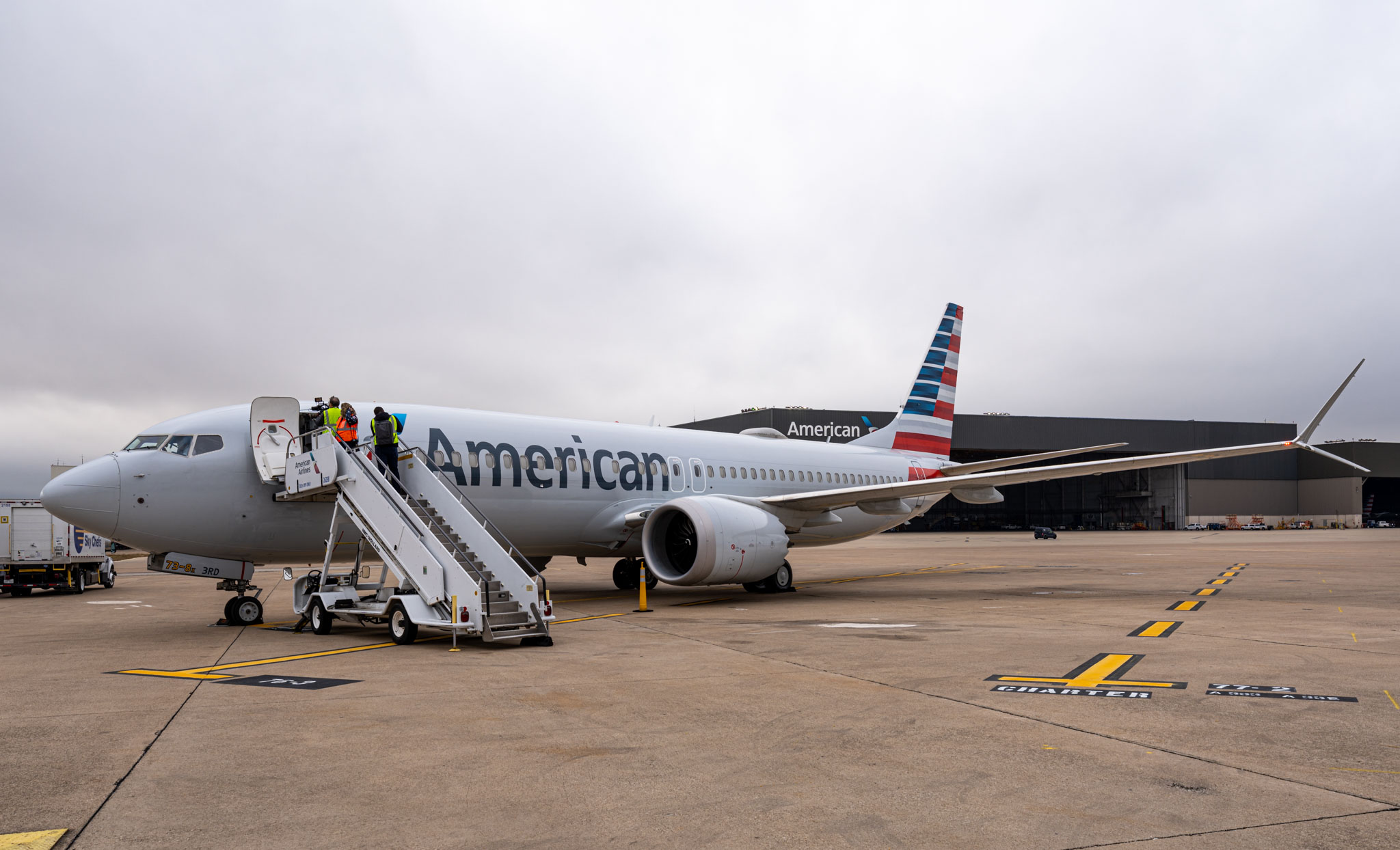
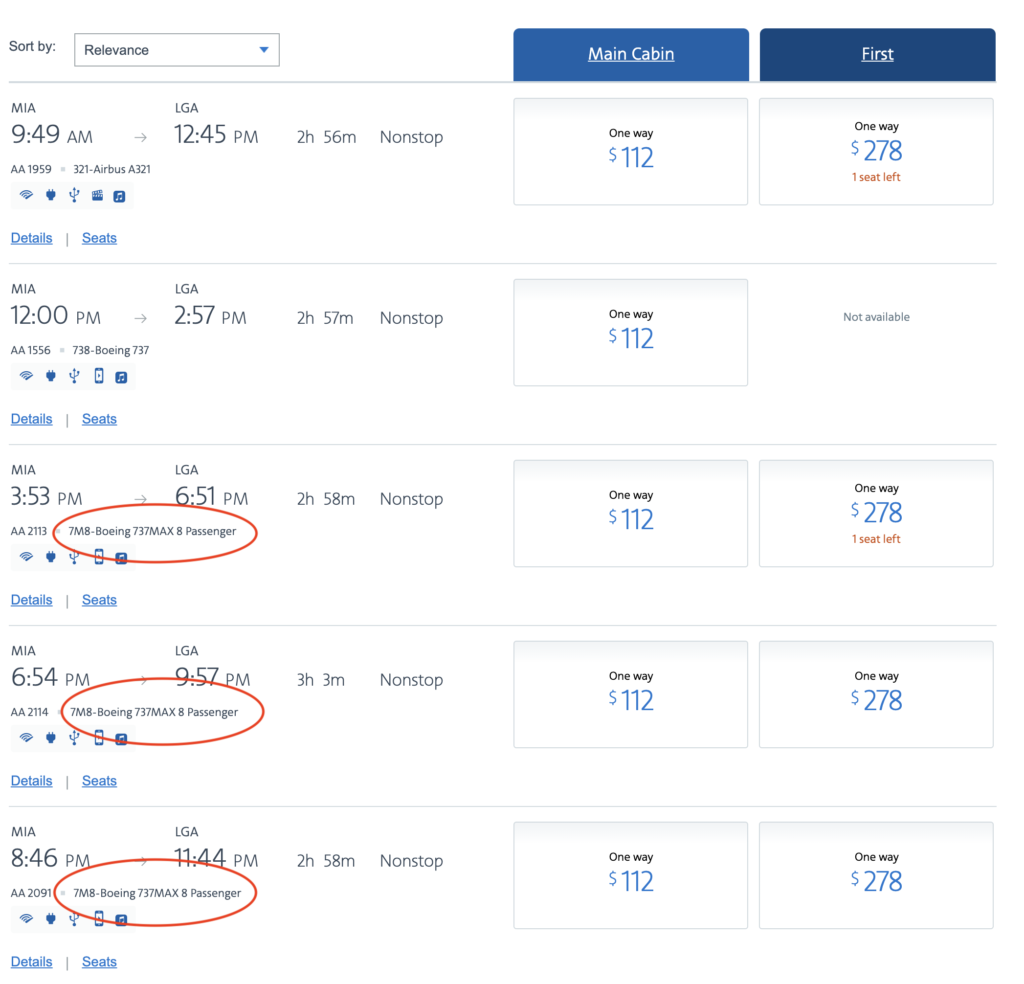
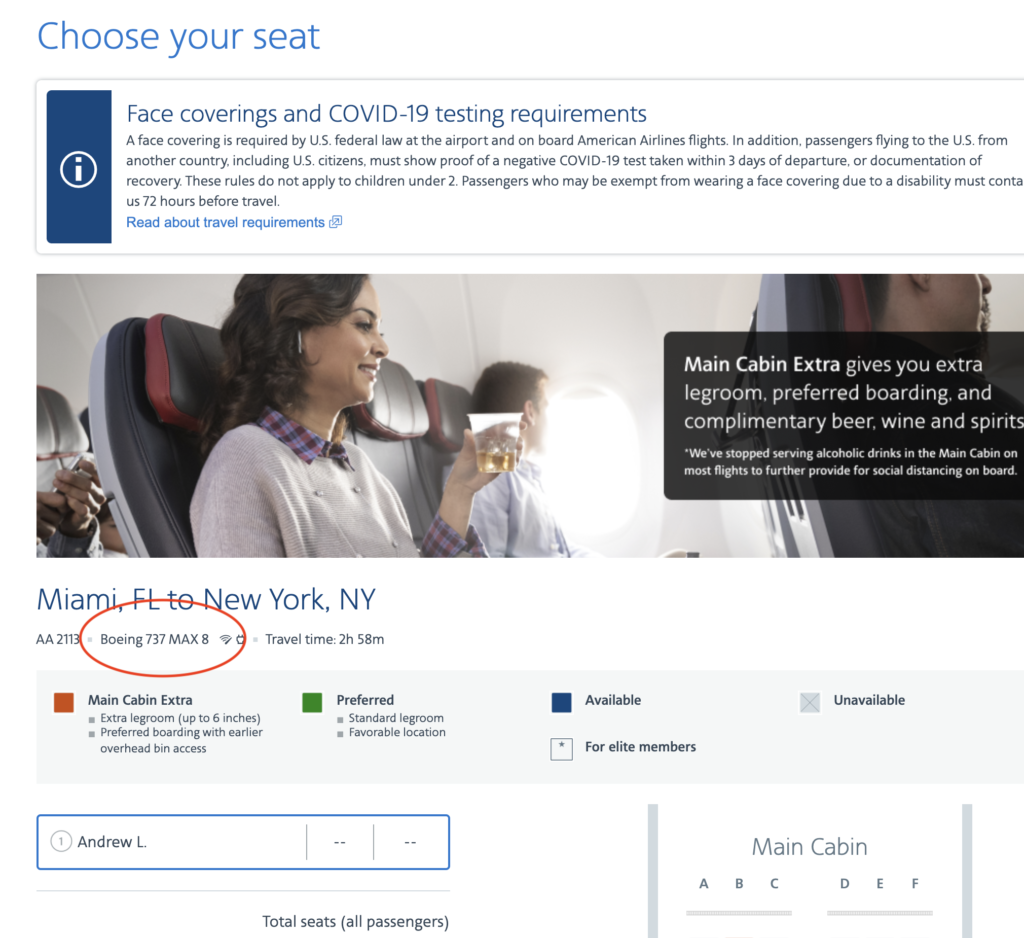
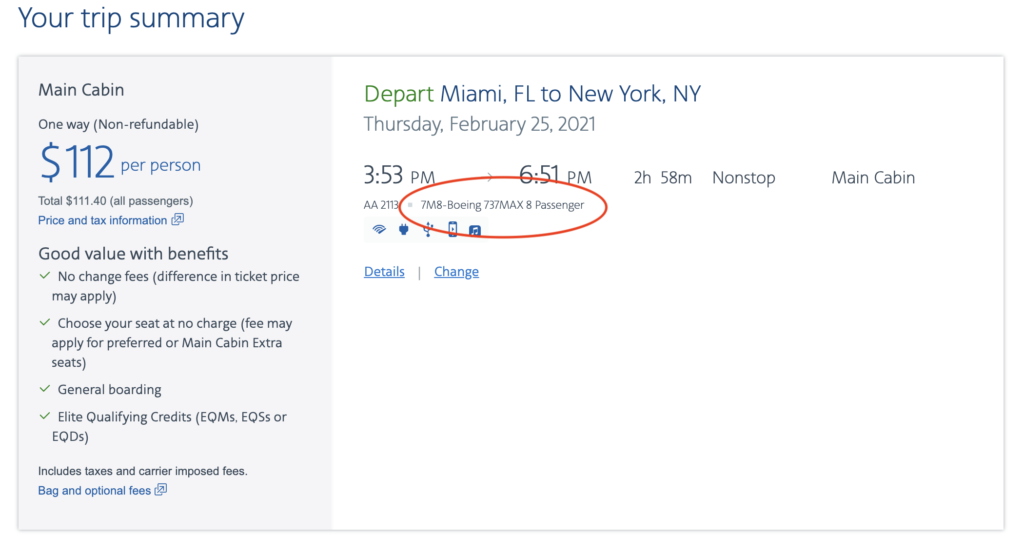



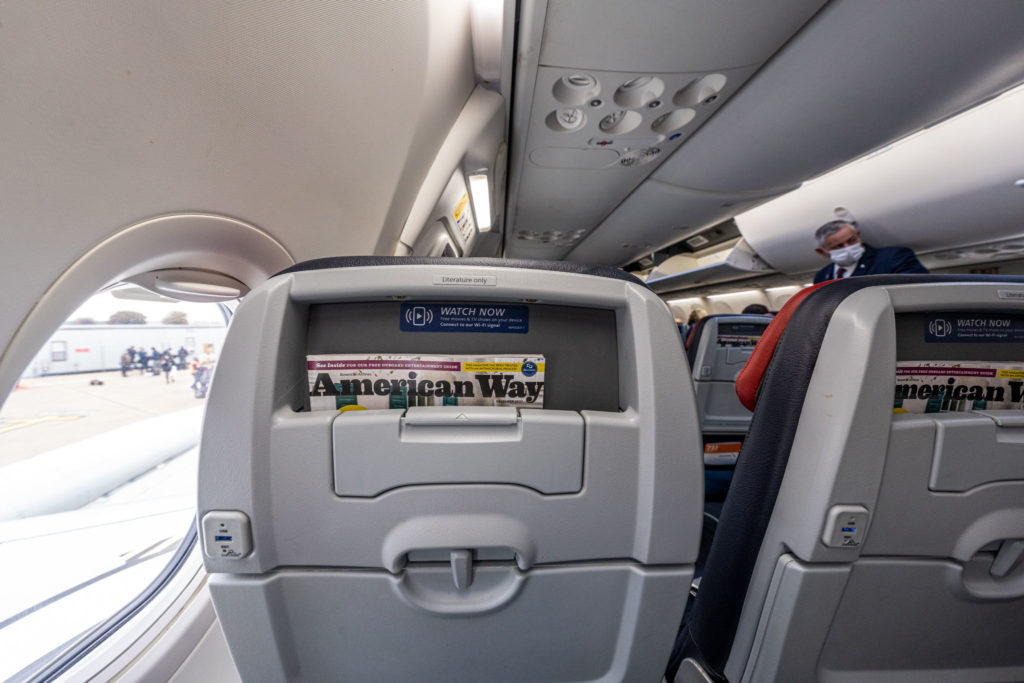



I’m always curious about the planes I fly on! Back in the day, I think it was the DC-10 that was the one everyone wanted to avoid. It’s always going to be something!
What I like knowing more about, is the seat sizes on the various planes. They are getting more and more narrower!
My favorite app is FlightRadar24, and being in the Westbound flight path out of MCI, gives me a lot of opportunity to identify planes!